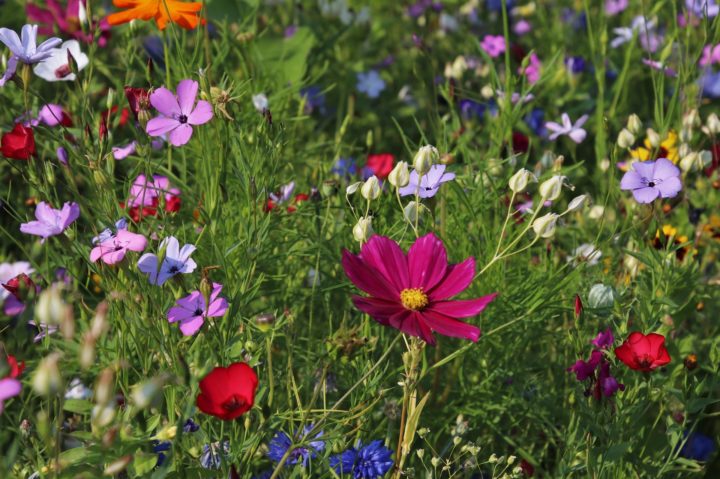The following contribution is from another author.
Nature is powerful, and being surrounded by it can offer benefits to your mood and overall wellbeing. Of course, being outside in the fresh air and getting active also enhances physical health. Many people struggle to find the time to spend as much time outdoors as they would like, but the solution to this problem is closer to home than you think. Getting out into your garden will offer all of the mental and physical wellbeing benefits of nature without the need to travel anywhere.
Now, more than ever before, people are becoming increasingly aware of the damage that is being caused to the planet. While it is easy to feel overwhelmed by environmental issues, small changes can be made in your backyard to help make a difference. If you are interested in creating an eco-friendly garden, here is how to get started:
If you already have a garden, here’s a great article on how to renovate your garden on a budget on trimthatweed.com
Choose Sustainable Materials
An easy change to start with is to consider the materials that you choose in your garden. Selecting timber products such as fencing and garden furniture that have been made using sustainably sourced materials is vital. If you are planning to enhance your garden by adding decking, make sure that you choose durable deck installations that will last for many years and have been produced using sustainable materials. Making these simple changes to your buying habits is an excellent starting point for creating an eco-friendly garden.
Grow Your Own
Gardening is an increasingly popular hobby among people of all ages (just ask Lansing, MI garden experts). Once you start gardening, it can become addictive! There’s something so satisfying about watching seeds that you have planted yourself become an established plant. To boost your eco credentials further, why not start your own vegetable patch? Food doesn’t get much fresher than being grown in your own backyard. If you are keen to cut down your carbon footprint and reduce food miles, then growing your own fruit and vegetables is the way to go. Growing your own produce also means that you know exactly where your food comes from, and the knowledge that no chemicals have been used in the growing process.
Choose Plants that Bees Love
Bees play a crucial role in the pollination of crops and flowers, and without them, our food supply would be heavily impacted. Unfortunately, the bee population is in decline, but there are ways that you can help. One of the best ways to help bees is to plant bee-friendly flowers in your garden, such as lavender.
Start Composting
Reducing the number of chemicals that you use in the garden is crucial. Chemicals are not only bad for the environment as a whole, but they also pose a threat to the wildlife in your garden.
If you want to grow strong, healthy plants, why not start composting, so that you have your very own supply of nutrient-rich soil for your plants to thrive in? Starting a compost bin is pretty simple, and is an excellent way to reuse coffee granules, tea bags, eggshells, and more everyday waste.
















